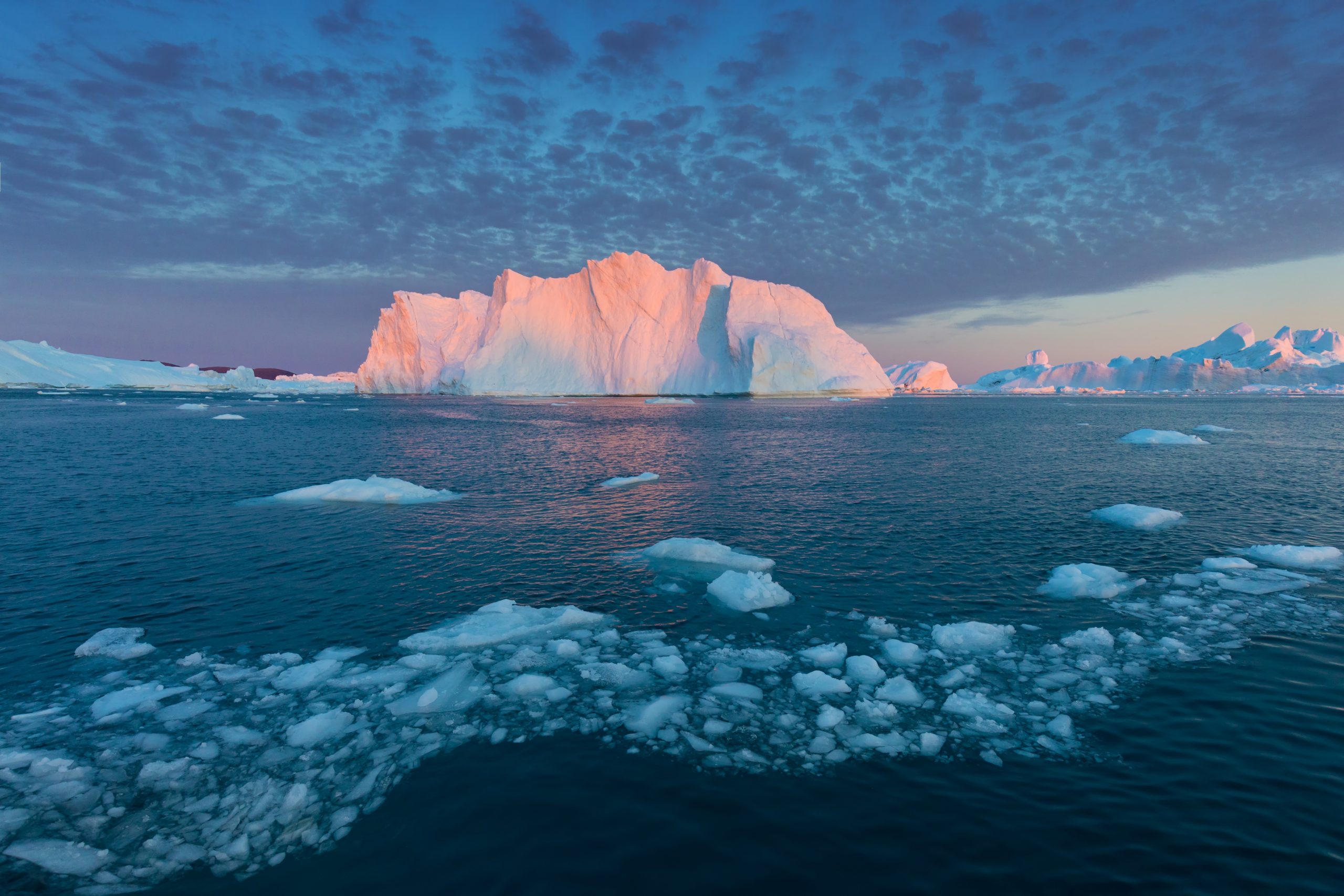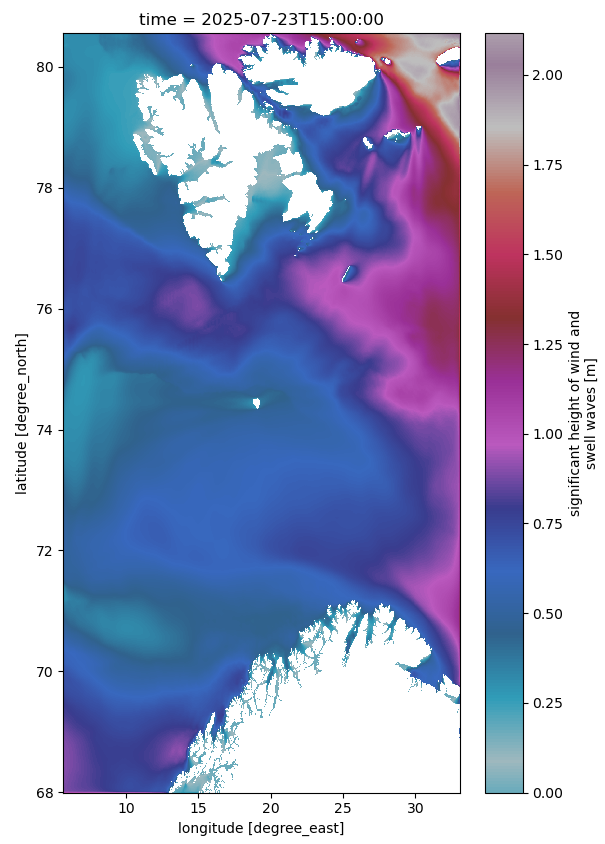
Pilot Service – Marine Safety for the Energy Industry
Providing enhanced wave and vessel icing forecasts for the Barents Sea
Main contractor: Finnish Meteorological Institute (FMI)
What is it? Combining data from the Weather-Induced Extremes Digital Twin (Extremes DT) global and on-demand components, FMI and its partner Norwegian Meteorological Institute (MET Norway) will provide enhanced wave and vessel icing forecasts for the Barents Sea.
Concrete applications examples:
The high-resolution waves and vessel icing data has the potential to support national meteorological services in their roles to protect lives and property, as well as to reduce environmental footprint in the fragile and extreme Arctic environment.
Main target end users:
Local communities, maritime operators, offshore energy platforms.

WaveExtremes DT: Predicting the extreme conditions of the Arctic Ocean using DestinE digital twins
The Finnish Meteorological Institute (FMI) leads a group of contractors to develop a pilot service predicting the extreme waves and sea conditions in the Arctic. Shipping, offshore industries like renewable energy and other actors will benefit from the enhanced simulations of ocean waves, sea ice at high resolution (1 km), with a special focus in detecting and predicting the impacts of cold air outbreaks and polar lows, leading to extremely dangerous high seas and vessel icing.
FMI and MET Norway will develop the WaveExtremes DT prototype using the Weather-Induced Extremes Digital Twin (Extremes DT) data to produce short term forecasts of extreme waves and vessel icing conditions in the Barents Sea. The Norwegian multinational energy company Equinor will be the main user of the pilot service. Currently Equinor relies on global (ECMWF forecasts) and regional forecasts of sea conditions and weather to plan their operations that cannot resolve localised extreme mesoscale events such as polar lows.
Building on DestinE, FMI and MET Norway will push the limits of wave prediction taking it to a resolution of 1 km (from 25 km provided by the global component of the Extremes DT) thanks to a model setup that will be initialised by the Extremes DT global waves forecast as boundary conditions. The wind forcing from the global or the on-demand components of the Extremes DT will be used to increase the resolution up to 1 km. The pilot service will be deployed for the Barents Sea, where Equinor operates, but could be easily adapted to other regions.
The increase in the level of precision of the forecasts has a potential to improve security for local communities and maritime operators alike in the harsh conditions of the higher latitudes. The WavesExtremes DT supports the European Mission to “Restore our Ocean and Waters” by building a tool that will enhance maritime safety helping to reduce the potential for maritime accidents.
Both FMI and MET Norway have a solid experience as operational marine and weather forecasting centres in the region. MET Norway provides wave forecasts for the Barents Sea and FMI for the Baltic, as well as vital vessel icing forecasts. Both partners also provide tailored services for key stakeholders with a strong focus on stakeholder-service co-design, and the teams involved, already contribute to the development of DestinE’s digital twins, therefore having a good knowledge of the data and software of the system.
ECMWF, as a key implementing entity of the Destination Earth initiative of the European Union, has issued a series of pilot services contracts that demonstrate the added value of the Weather-Induced Extremes Digital Twin and the Climate Change Adaptation Digital Twin, and the wider DestinE architecture. The key target users of the pilot services are the sectors most impacted by climate change and weather extremes, such as maritime operations, coastal areas, energy, and more. The contracts include a specific call for machine learning and artificial intelligence-based proposals as a part of the implementation of ML/AI techniques within the Destination Earth initiative of the European Commission, led by DG CNECT, and implemented by ECMWF, EUMETSAT, ESA and over 100 partner institutions across Europe.
Copyright title image: AdobeStock – Michal